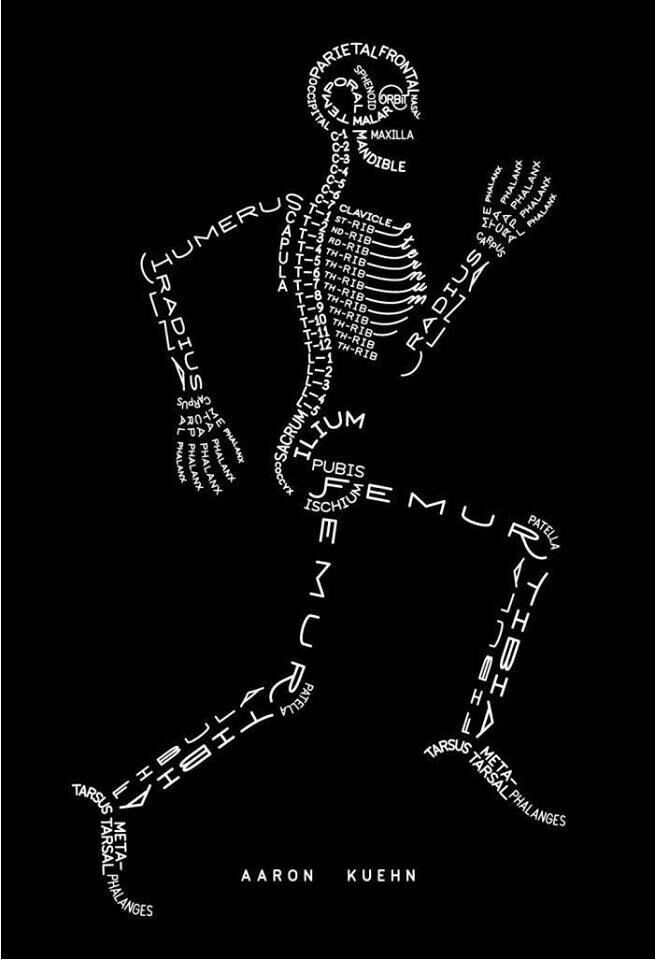Thoracic Mobility: The Linchpin of Neck, Shoulder and Low Back Health

The ability to move freely through our upper back specifically with extension and rotation has a major impact on our neck, shoulders, low back and even our ability to breathe efficiently.
Try this simple test: round through your upper back and see how high you can lift your arms overhead. Watch what happens to your head and neck. Try taking a deep breath in. Now, extend and elongate through the upper spine and attempt those same movements. Feels a bit better doesn’t it?
The body often makes up for lack of mobility in one area by compensating in other regions. The neck and low back are often victims for a stiff thoracic spine. The head pokes forward putting excessive strain on neck musculature, nerves, and ligaments. The lumbar spine compensates with excessive arching or “sway-back” which can create compression and pain through the low back and pelvis. Thoracic rounding also negatively impacts position of the shoulder blades on the ribcage and subsequently restricts range of motion with overhead movements. Over time this can lead to shoulder impingement and rotator cuff injury.
We require rotation as a part of our daily life from getting out of bed, reaching, to walking, running, as well as sports such as tennis, golf, boxing or kayaking. A significant portion of our rotation should come from the thoracic spine, so if there is a restriction here, the result is excessive force and torsion through low back or neck. Pain aside, poor thoracic rotation can decrease your performance and power with your swing when it comes to golf or racket sports.
Several studies have also demonstrated that individuals with increased thoracic kyphosis or rounding have decreased lung volumes. Since proper breathing requires ribs to expand to the sides to allow for the lungs to inflate, poor rib mobility and stiffness at the thoracic joints make it more effortful to take in a full breath. A common compensation is increased work through the neck, chest and shoulder muscles during cardiovascular activity in an attempt to gain a larger breath.
Increasing mobility in your upper back is not just as easy as ‘sitting up tall’ but it’s a good start. I typically advise my clients (especially those who sit for prolonged periods) to dedicate time on a daily basis to perform thoracic mobility exercises for both extension and rotation. With a bit of work, you can expect to see improvements in your overall posture, mobility, and pain… it’s worth it! Here are a few of my favourite thoracic mobility exercises!
Charlene Copeland, MPT, CAFCI, NKT®, Clinical Pilates

About twice a month our therapists will be posting answers to commonly asked questions. So, if you have a burning question that you want answered let us know in the comments below.
We can cover anything ranging from active rehabilitation, to injury prevention.
This week our featured therapist is Charlene Copeland To learn more about Charlene check out our PhysioWorks team.


Leave a Reply